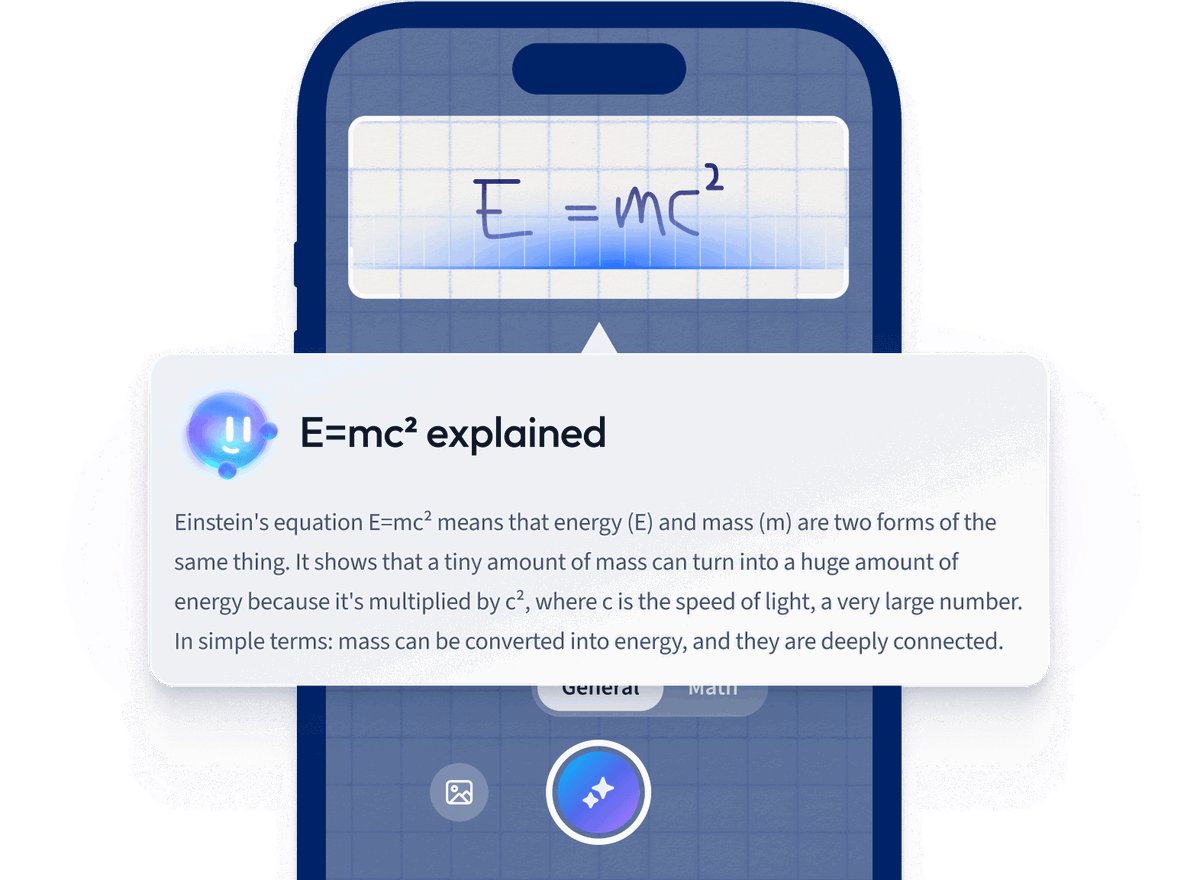What is the role of double negation in Italian grammar?
In Italian grammar, double negation reinforces the negation rather than cancelling it out, as it might in English. It's commonly used for emphasis and to express a strong negation, ensuring that the negative meaning is effectively conveyed without ambiguity.
Is Italian double negation similar to the negative constructions in English?
No, Italian double negation doesn't follow the same logic as English. In Italian, multiple negatives are used to strengthen the negation rather than cancel it out, which differs from standard English usage where two negatives often result in a positive meaning.
Do Italian speakers always use double negation in negative sentences?
No, Italian speakers do not always use double negation. While it is common and grammatically correct to use double negatives in Italian to reinforce negation, it's not mandatory in every negative sentence. Context and emphasis determine its use.
How do you form sentences with double negation in Italian?
In Italian, to form sentences with double negation, you use "non" before the verb and a negation word like "nessuno" (nobody), "niente" (nothing), or "mai" (never) after the verb. For example, "Non ho visto nessuno" means "I didn't see anybody."
Can examples of Italian double negation be commonly found in everyday conversation?
Yes, examples of Italian double negation are common in everyday conversations, particularly in informal settings. Phrases like "Non ho visto niente" (I didn't see anything) frequently occur, demonstrating how double negation is naturally integrated into spoken Italian.










